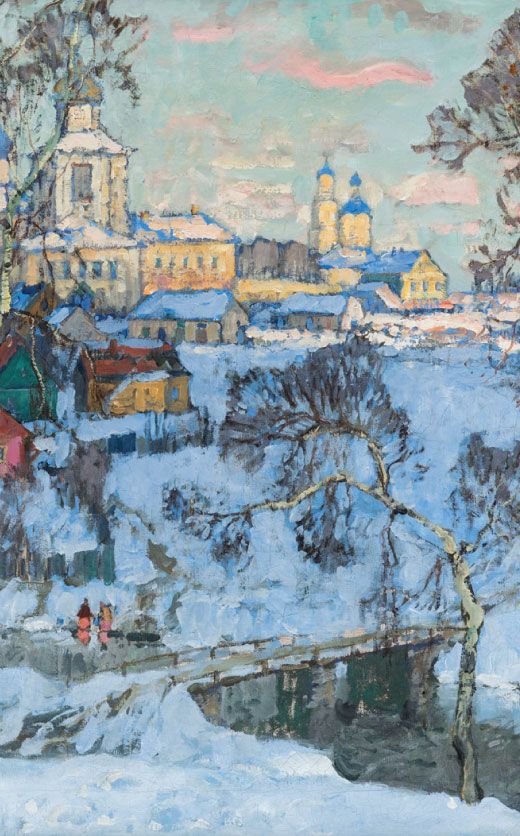Shippo Cloisonné Enamel Cane
Lot 63
About Seller
Kimball Sterling
125 West Market Street
Johnson City, TN 37604
United States
Family-owned and family-run Johnson City Tennessee auction business for 25 years. Selling antiques and collectables for 38 years. Kimball M. Sterling, Inc. was founded and is owned by Kimball and Victoria Sterling, time and again, they have laid solid claim to world-wide attention and renown with an...Read more
Categories
Estimate:
$600 - $900
Absentee vs Live bid
Two ways to bid:
- Leave a max absentee bid and the platform will bid on your behalf up to your maximum bid during the live auction.
- Bid live during the auction and your bids will be submitted real-time to the auctioneer.
Bid Increments
| Price | Bid Increment |
|---|---|
| $0 | $10 |
| $100 | $25 |
| $500 | $50 |
| $1,000 | $100 |
About Auction
By Kimball Sterling
May 24, 2025
Set Reminder
2025-05-24 11:00:00
2025-05-24 11:00:00
America/New_York
Bidsquare
Bidsquare : Masterpiece Cane Auction
https://www.bidsquare.com/auctions/kimball-sterling/masterpiece-cane-auction-19479
A European Masterpiece Cane Auction Kimball Sterling kimballsterling@earthlink.net
A European Masterpiece Cane Auction Kimball Sterling kimballsterling@earthlink.net
- Lot Description
Ca 1890 A very tall Shippo enamel handle consisting of a flattened ball top and an integral straight stem of a tapering circular section. Blooms, floral, and other Far Eastern elements in well-matched, crisp colors decorate the entire surface. These come on a dark, almost black background with plenty of tiny and gilt repeating spiraling elements suggestive of clouds. There is so much to see that it is difficult to enumerate these individually. Notable is an excessively fine and gilt cloisonné wire, rarely encountered in such precise minute detail. The handle, so far unseen in such length, is perfection in every way. It is a vertical fusion of fine workmanship, exquisite taste, and the old traditional love of detail that characterizes Far Eastern craftsmanship. Fitted with a high-grade, smoothly stepped partridge shaft and a metal ferrule, it clearly held a special place in many collector hearts, enduring time with remarkable grace. H. 12” x 1 ¼”, O.L. 38 ½” $600-$900 With the incredible popularity of canes and the growing demand for decorative accessories, walking stick makers in the Western world, both European and American, began importing cane handles and other pieces from the Orient in the second half of the nineteenth century. Japan and China were significant suppliers of outstanding carvings and metals like this cane. Cloisonné is a way of enameling an object (typically made of copper) whereby fine metal wires are used to delineate the decorative areas (cloisons in French, hence cloisonné) into which enamel paste is applied before the object is fired and polished. The Japanese characters used for the word shippo (the Japanese term for enamelware) mean “Seven Treasures,” which refers to the seven treasures mentioned in Buddhist texts. Although these treasures may vary, they generally include at least some of the following: gold, silver, emerald, coral, agate, lapis lazuli, giant clamshell, glass, and pearl. The Japanese applied this expression to the rich colors of Chinese enamel wares and later to those they made themselves.
- Shipping Info
-
Each auction has different shipping terms but the buyer always pays.
Canes:
After payment has been received we will contact you.
-
- Buyer's Premium



 EUR
EUR CAD
CAD AUD
AUD GBP
GBP MXN
MXN HKD
HKD CNY
CNY MYR
MYR SEK
SEK SGD
SGD CHF
CHF THB
THB



















